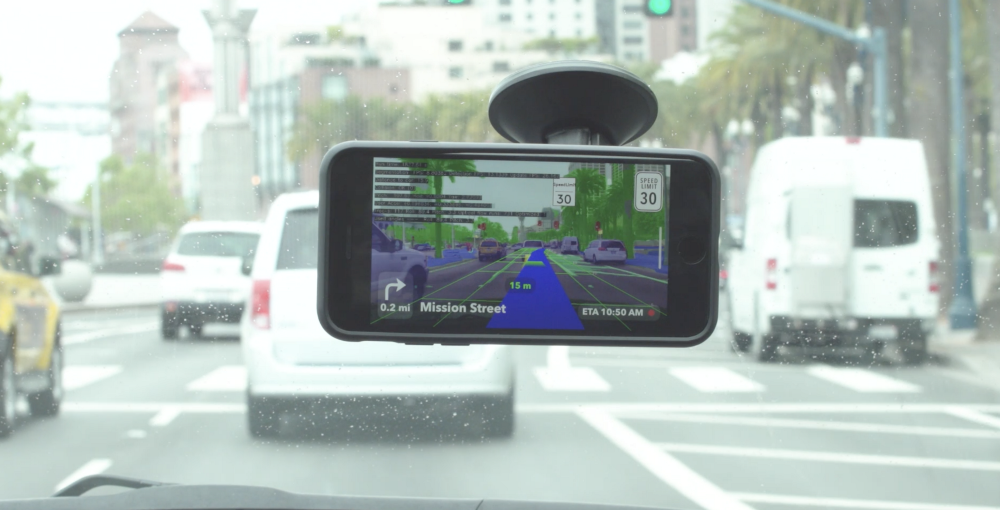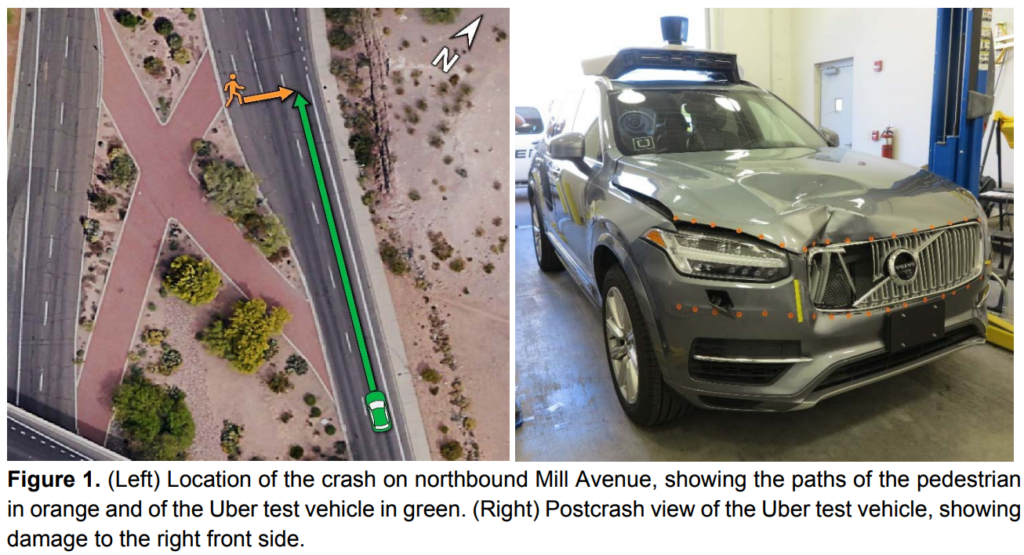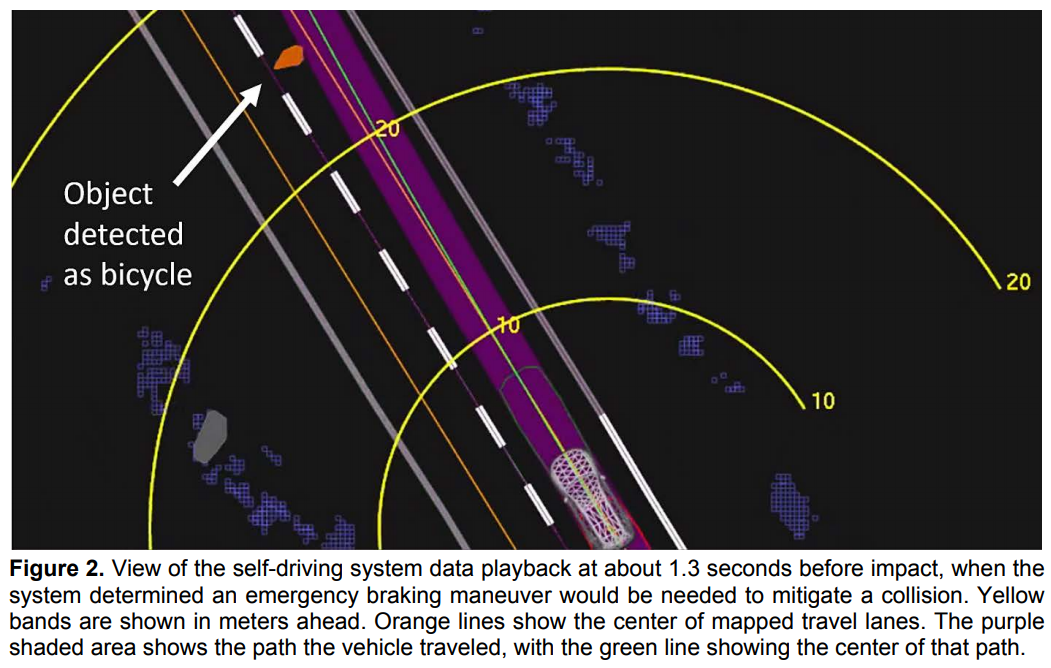
Couldn’t attend Mapbox Locate? Here’s everything you missed!
Last week, 1,400 geospatial developers and technologists converged in San Francisco for a two-day user conference organized by location data platform Mapbox. While it wouldn’t be possible for us to get you the deets from all the 60 sessions, covering everything from AR localization to LiDAR, here’s a quick lowdown on the major products and partnerships announced at the event.

Mapbox Vision SDK
Vision SDK: This SDK can transform any mobile camera into a powerful sensor and allows developers to build heads-up displays for augmented reality-powered navigation directly into an iOS or Android app.
Native AR: If you want to showcase your points of interest using a location-based AR experience, Mapbox has not one but two SDKs for you – React Native AR SDK that talks to the code at a native level for cross-platform apps, and SceneKit SDK that works with Apple’s native toolkit to let iOS developers build lightweight AR experiences.
Uber geospatial toolbox support: With its GL Custom Layers API that is slated to launch this summer, Mapbox will bring the powerful visualization capabilities of Uber’s just-released open source geospatial toolkit to its developer community.
Must read: Uber’s amazing geospatial data viz tool joins the open source community
Foursquare POIs: Integrating Foursquare as one of its primary POI data providers, Mapbox is bringing information like addresses, opening hours, ratings, tips, etc., for 105 million places to its maps.
Partnering with Mobileye: Mapbox’s HD Vector Tiles are powering the cloud-to-car distribution of Mobileye’s RoadBook mapping platform for autonomous vehicles. Mapbox’s HD Vector Map format turns real-world coordinates into a local tile grid. By representing a long sequence of coordinates as sequence instructions, you can witness significant savings in bandwidth.
Vision SDK partnerships: Mapbox has also announced that its just-released Vision SDK integrates with Microsoft’s Azure IoT platform as well as with computing platform Arm’s wide range of components and hardware. It should be noted that while the Vision SDK will remain limited to closed partnerships for the next few months, it will become open for public beta in September.
Did you attend Mapbox Locate? Tell us about your experience in the comments section!







